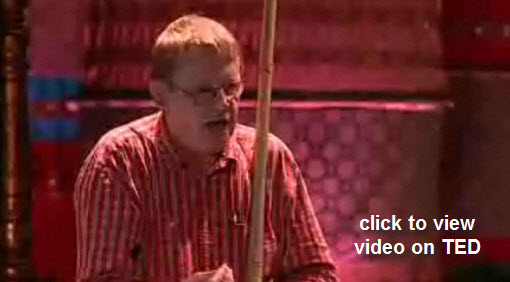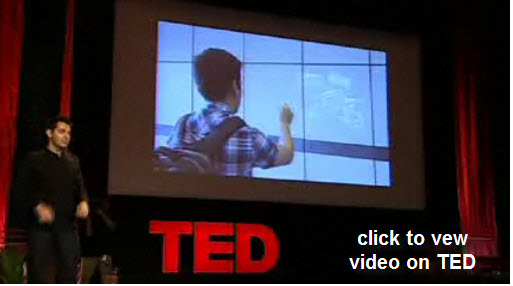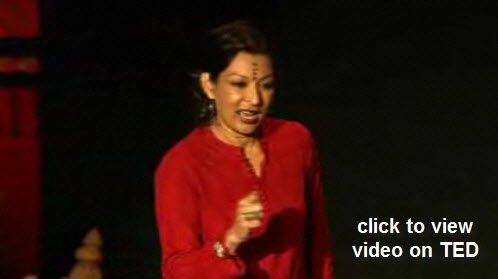I just watched three presentations from TED India, held earlier this month. Presentations from that conference are just now being released to the world. There are more to choose from. All of these videotaped presentations are under 20 minutes in length. They are the highest quality. Each tells a story. Each tells it in a different way. Much to enjoy, learn, and share with others.
The first one I watched featured Hans Rosling, a Swedish doctor and researcher. Rosling is a master storyteller using statistics! He graphs global economic growth since 1858 and predicts the exact date that India and China will outstrip the US. With joy, passion, humour, learned insight, creative visuals, and impeccable timing, he takes us on a wonderful journey, building momentum throughout, from past states to new states, old empires to future empires, all the way to the penultimate final answer; i.e., date. Hey, I’m excited, I know. I’m an ICT guy, and it’s not often you see a data geek tell a story this way. Rosling has given talks before at TED (in America). They are all great; though this is surely a tour de force.
The second presentation is by Pranav Mistry. A PhD student at MIT, he is inventor of SixthSense, a wearable device that enables new interactions between the real world and the world of data. His presentation is laid out as a story, shapshots of his experimentations over the last 10 years. Both a technology visionary and technical genius, his onslaught of showing us one unbelievable tool after another is almost too much! While the suspense doesn’t quite build the same natural way as in Rosling’s presentation, the audience is stunned by the announcement (post-presentation) that the technology will be made available to all; i.e., open source, thus transforming this story to one of mass collaboration.
The third presentation was by Mallika Sarabhai; a dancer, actor, and politician. She is a pioneer in using dance and the arts for social change, whether political, social or personal. In “Dance to save the world”, the storytelling format she uses is largely theatre and performance art. It’s striking how different one’s lens on the world can be when you are immersed in the arts; as reflected in these quotes I picked up during her presentation
why are we not using the one language (arts) that has consistently shown us that we can break down barriers (thereby avoiding conflict, violence, war,) and reach people
what I need to say to the planners of the world, the governments, and the strategists, is that you have treated the arts as the cherry on the cake; it needs to be the yeast
Beautiful!
What makes presentations like these work for you?
If you enjoyed this post, please consider leaving a comment or subscribing to my blog. Always appreciated, Ben.




Speak Your Mind